
Yes you can freeze ceviche but read on for how to do it right and tips and tricks for the tastiest results and how to avoid the worst mistakes. Here is everything you need to know about how to freeze ceviche and how long it will last in the fridge and freezer!

Ceviche is a popular Latin American dish made from fresh raw seafood. Typically fish or shrimp is marinated in lime or lemon juice. The citric acid in the lemon or lime juice "cook" the fish through a process of acid denaturation.
It is then mixed with ingredients like onions, cilantro, and chili peppers, for a refreshing and tangy seafood salad. Peru, Chile and Mexico all have their own versions of delicious ceviche. It can be eaten as an appetizer, main course, or side dish. The best way to enjoy it is to scoop it up with tortilla chips, saltines or crisp vegetable slices.
Ceviche Recipes To Try
If you're looking for some great ceviche recipes, try this classic Mexican ceviche with tomato and jalapeno, the Mexican shrimp cocktail, the more Peruvian style tuna ceviche with simple chilis, raw tuna and red onion. Check out, "What to serve with ceviche", for lots of great side dishes to serve with ceviche.
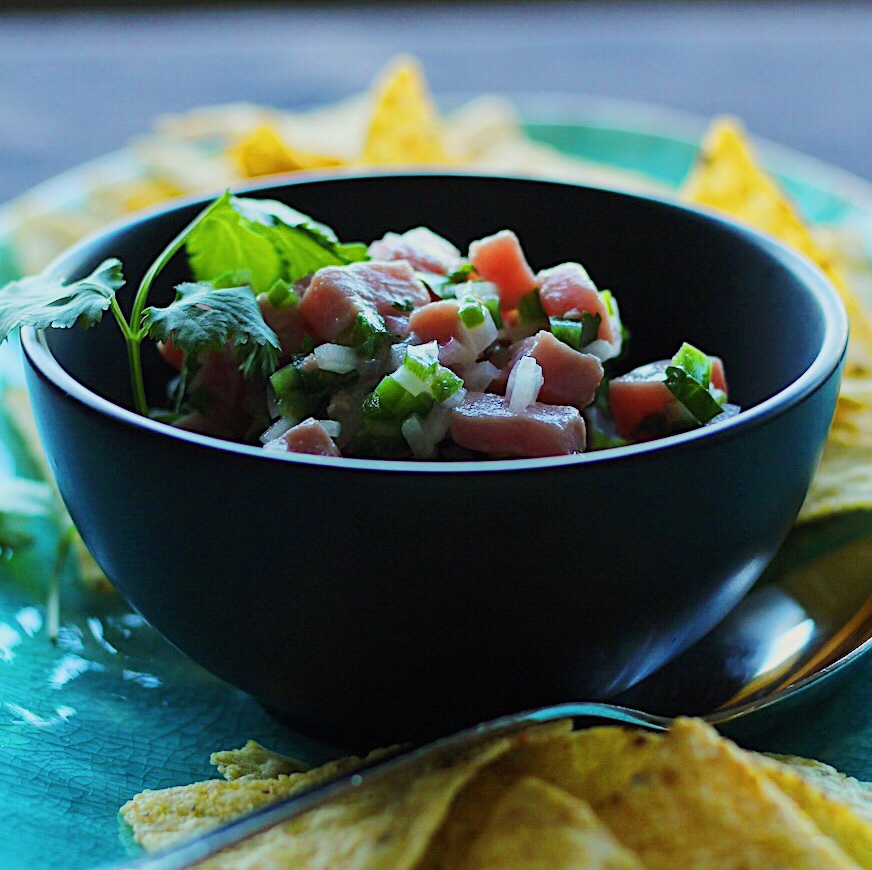
A Quick History + The Difference Between Peruvian and Mexican Ceviche.
While popular through South America and other Latin countries, it is generally agreed that ceviche originated in Peru.
Peruvian ceviche often has less ingredients than it's Mexican counterpart. Peruvians like a chopped spicy chili, a little sliced onion and lime juice that often sits on the fresh seafood for a shorter period of time (as little 1 or 2 minutes or up to half an hour). Sometimes they add Peruvian corn.
Mexican ceviches is a bit like their salsa with sliced and diced jalapenos, tomatoes, red onion and cilantro along with the citrus acid of lime juice that marinates much longer.
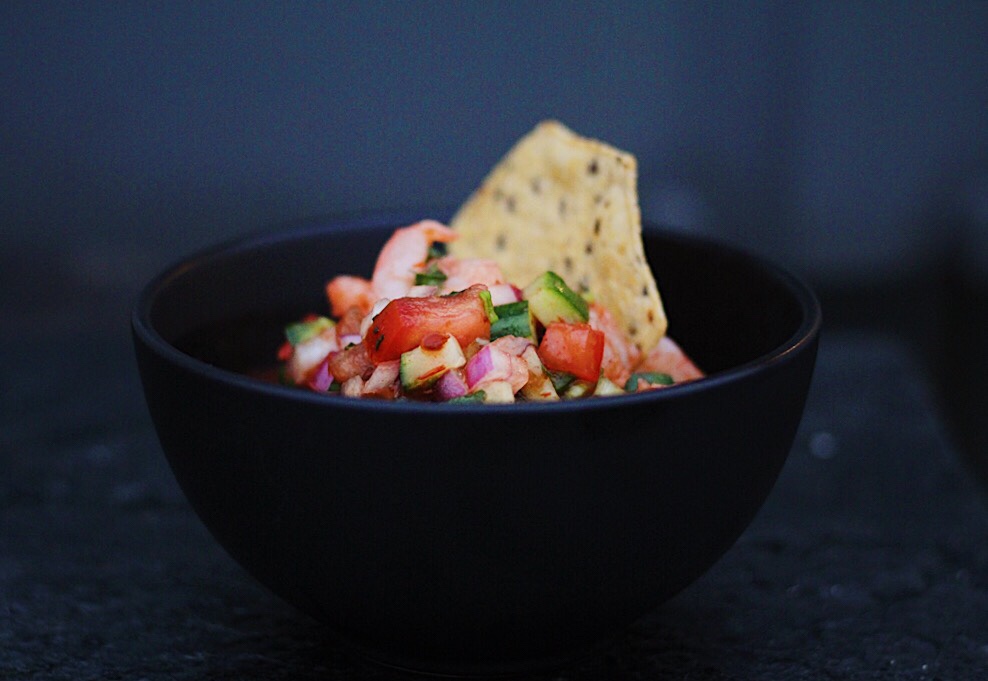
Important Storage Information
You can freeze this raw fish dish for up to one month. Before freezing, drain the ceviche of excess juice (the tiger's milk), then transfer the ceviche chunks into a freezer bag or airtight container. Squeeze out any surplus air from the plastic bag or container before sealing it and placing it in the freezer. And finally:
- The fish must be fresh and not have been frozen previously. It can't be overstated enough, use the freshest fish you can find.
- Do not add avocado to ceviche before freezing. It will turn dark brown and mushy, ruining your lovely ceviche recipe.
- Do not refreeze ceviche.

Expert Tips For The Best Results
- Label and date. Don't forget to label the container with the freezing date. It's a good idea to write down the date to keep track of the shelf life of the ceviche.
- Freezing: Place the airtight container in the freezer, eliminating as much air as possible. Store ceviche in the center of the freezer. This area has the most stable temperature which helps prevent freezer burn and will extend the shelf life of ceviche.
- Thawing: When you're ready to enjoy your favorite seafood dish, allow the frozen ceviche to thaw gradually in the refrigerator. This is key. The slow thawing process helps maintain the texture and flavor of the dish as much as possible. To minimize the risk of food poisoning, do not leave it at room temperature for more than 2 hours.
- Your best bet is to use the best, high-quality seafood you can find.
- Add more perishable ingredients like fresh cilantro, juicy tomatoes, and creamy avocado after thawing. The fresh vegetables will turn mushy if frozen and thawed.
Prepare Ceviche in Bite-sized Pieces.
Whether you use white fish, raw shrimp, or other fresh fish, cut your cubes of raw fish into even, bite-sized pieces. Evenly sized small pieces will keep your keep the texture of the fish ceviche consistent and it will all cook at the same rate.
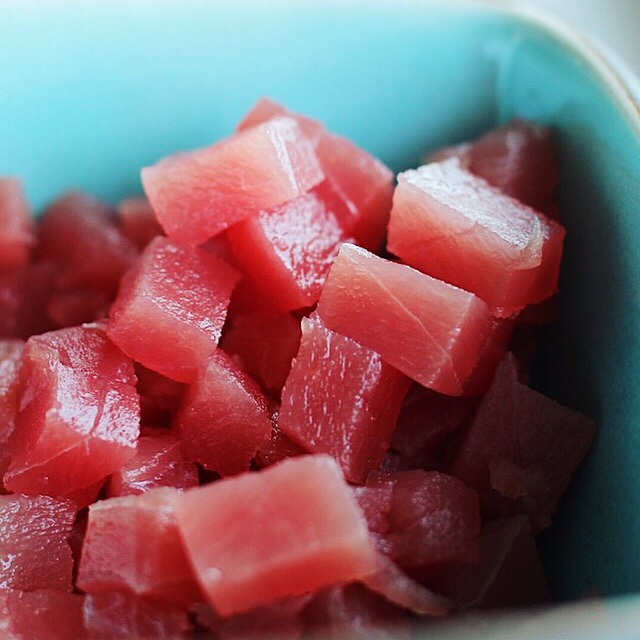
The Cooking Process Of Ceviche
By nature, ceviche is an acidic dish due to the citrus juices. The acidic liquid breaks down the fish's proteins, effectively "cooking" it and interestingly, making it firmer but not tough. It usually takes only a few minutes of preparation time to make but needs to cook or marinate in the acidic juices for 20 to 30 minutes to create the proper flavor, texture, and translucent color.
Related Frequently Asked Questions (FAQs)
Ceviche has a shelf life of up to 1 month in the freezer as long as it's tightly sealed in freezer-safe containers or freezer bags. The texture and freshness may slightly diminish upon thawing, however it is safe and nutritious to eat. Thawing it slowly in the refrigerator is key to maintaining the best possible flavor and texture.
If made with the freshest seafood and best practices of keeping it on ice or stored in the fridge, leftover ceviche can last safely up to 4 days in the refrigerator. It will decline each day in flavor so by day 4, though it won't make you sick, the flavor will be more bland, watery and acidic. I recommend enjoying this delicious seafood dish within 1-2 days for best taste.
Yes, you can freeze cooked shrimp ceviche. Just be sure the shrimp is fresh and has not been previously frozen.
Frozen ceviche is nearly as healthy as fresh ceviche. Freezing may slightly reduce the nutritional value of some of the fresh fruit or vegetables but this is only minimal.
Frozen fish can be used for ceviche. Often properly frozen at sea fish and other seafood is better quality than fresh and can be a better option. Choose high-quality frozen fish labeled as sushi-grade or sashimi-grade, as they undergo flash-freezing to retain texture and freshness.
Transfer it from the freezer to the refrigerator to defrost ceviche while preserving its texture and flavor. Allow a gradual thaw over several hours or, ideally, overnight for best results. Avoid room temperature defrosting to ensure food safety with raw seafood. Once thawed, you can add fresh herbs like cilantro, cubed avocado and a squeeze of fresh lime juice to add a little liquid.
No, you should not refreeze ceviche. Refreezing ceviche is discouraged due to safety and quality concerns. Because ceviche contains raw seafood, the thaw-refreeze cycle raises the risk of bacterial growth, posing a potential foodborne illness threat. To ensure the best quality and safety, consume ceviche promptly after thawing and avoid refreezing.

For the best taste and experience, fresh preparation is always the best and tastiest choice but when you have ceviche leftovers, freezing is a great way to save it safely for later.
More Seafood Recipes
If you have any questions or comments, you can find me on Instagram, Pinterest and Facebook. I try to answer any recipe related questions quickly as I know you might be in the middle of making it.
Also check out my FREE PRINTABLE meal planner to make menu planning and grocery shopping a breeze and my shopping guide. And if you like this recipe, I would love it if you give it a star rating in the recipe card.
Cheers and happy cooking, Friends! Sabrina



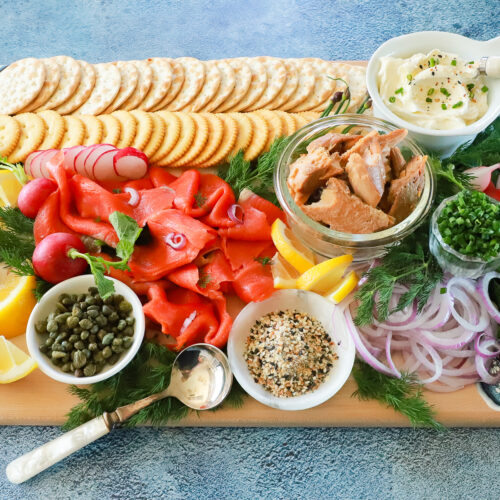
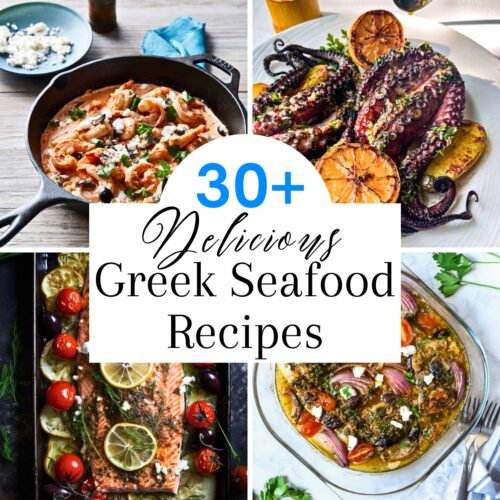



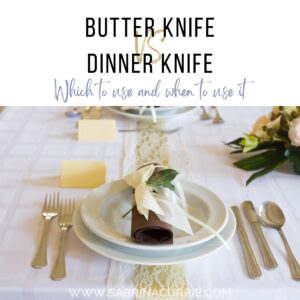
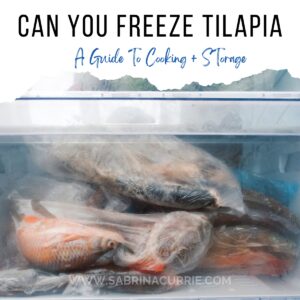
Comments
No Comments